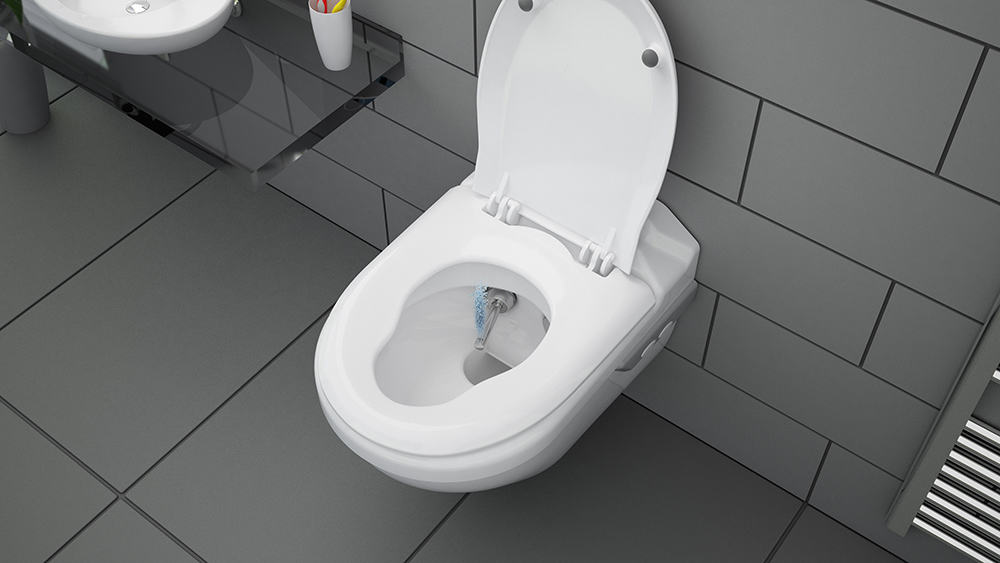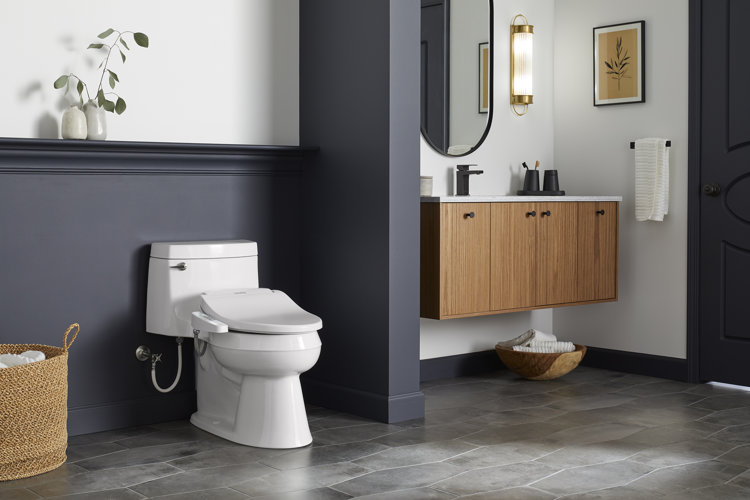In recent years, the focus on environmental conservation has intensified, bringing to the forefront the importance of water saving toilet technologies. These innovations are not just about reducing water bills; they are about paving the way for a sustainable future. As pressures on water resources increase, the need for efficient and effective water management systems, particularly in sanitation, becomes crucial. For the Industry QA, understanding these technologies is essential as they play a pivotal role in shaping the future of sustainable living.

The Importance of Water Conservation
Water conservation is more than a passing trend; it is a necessity for our planet's survival. With the global population continuously rising, the demand for water is at an all-time high. In this context, toilets play a surprisingly significant roleas they account for a substantial portion of household water usage. Traditional toilets can use up to seven gallons per flush, leading to wastage that is both costly and environmentally damaging. Thus, the integration of water saving toilet technologies is a step towards reducing this wastage and fostering a more sustainable environment.
Innovations in Toilet Technology
Dual-Flush Toilets
One of the most revolutionary advancements in toilet technology is the dual-flush system. This system offers two flushing optionsone for liquid waste and another for solid waste. By allowing users to control the amount of water used with each flush, dual-flush toilets can reduce water usage by up to 67% compared to traditional models.
Pressure-Assisted Toilets
Pressure-assisted toilets are another innovation offering significant water savings. By utilizing air pressure to enhance the flushing process, these toilets use as little as 1.1 gallons per flush without compromising on performance. This technology not only reduces water consumption but also enhances flushing efficiency, thereby reducing the need for double flushing.
Composting Toilets
For those seeking an off-grid solution, composting toilets offer a viable alternative. These toilets use aerobic processes to decompose waste, converting it into compost that can be used as a soil enhancer. This method eliminates the need for water entirely, making it an excellent option for areas with limited water resources.
Smart Toilets and Automation
Integrating technology into toilet systems has led to the development of smart toilets that offer automated features to enhance user experience while conserving water. These toilets come equipped with sensors that detect when a flush is required, optimizing water use. Some models even offer self-cleaning capabilities, ensuring hygiene while minimizing water usage.
Challenges and Considerations
While the benefits of water-saving toilet technologies are clear, there are challenges to consider. The initial cost of installing these systems can be higher than traditional toilets, which may deter some consumers. However, the long-term savings on water bills and the environmental benefits often outweigh these initial expenses. Additionally, proper maintenance is crucial to ensure these systems function efficiently and continue to provide water savings.
Looking Ahead: The Future of Water Saving Toilets
The future of water saving toilet technologies is promising, with ongoing research and development aimed at further enhancing efficiency and user experience. As environmental regulations tighten, the demand for these technologies will likely increase, spurring innovation and accessibility. For Industry QA professionals, staying informed about these advancements is crucial in maintaining industry standards and promoting sustainable practices.
For more insights into the rise of high-tech toilets, check out this article on high-tech toilets.

FAQs
What are the main benefits of water saving toilet technologies?
The main benefits include significant reductions in water usage, lower utility bills, and a decreased environmental impact. These technologies contribute to sustainable water management, essential for preserving our natural resources.
Are water saving toilets more expensive to maintain?
While the initial installation cost may be higher, maintenance costs are generally comparable to traditional toilets. Over time, the savings in water bills can offset the initial investment.
Can water saving toilets be installed in older homes?
Yes, many water saving toilet models are designed to fit existing plumbing systems, making them suitable for older homes. It is advisable to consult with a professional plumber to ensure compatibility and proper installation.
This article contains affiliate links. We may earn a commission at no extra cost to you.






